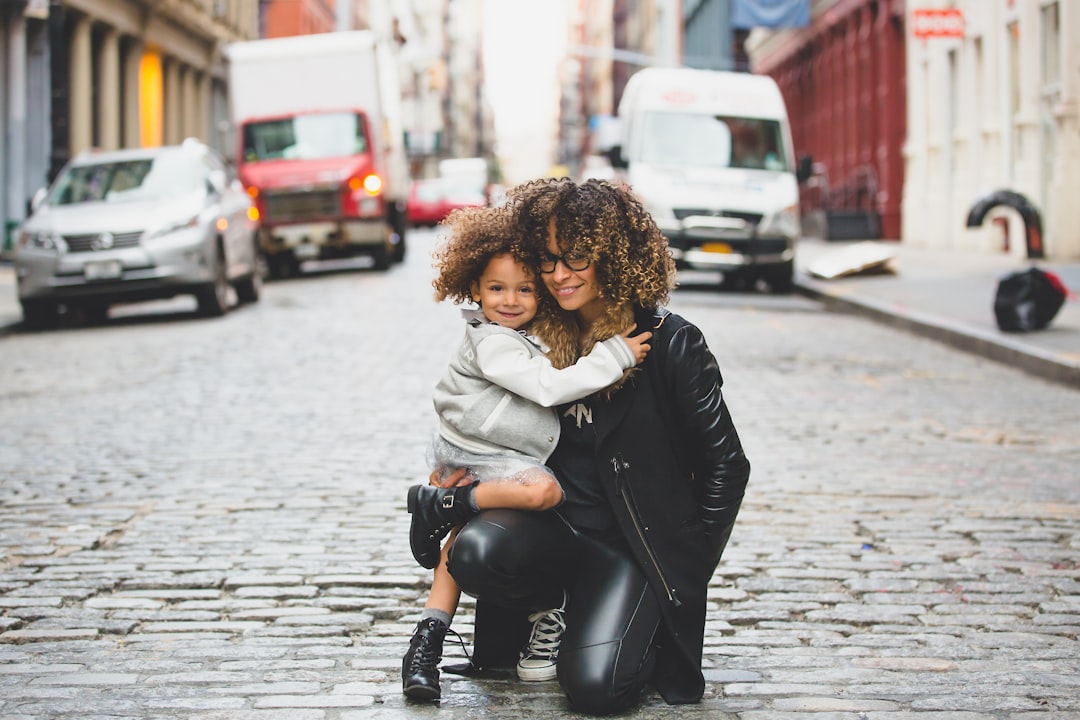Introduction
Tired of feeling overwhelmed by a closet overflowing with clothes you never wear? Embracing a minimalist wardrobe might be the perfect solution. Minimalism, at its core, is about living with less and focusing on quality over quantity. When applied to your wardrobe, it means curating a collection of versatile, high-quality pieces that you love and wear regularly. This guide will walk you through the process of creating a minimalist wardrobe, step-by-step.
Benefits of a Minimalist Wardrobe
Before we dive into the how-to, let’s explore the compelling reasons why adopting a minimalist wardrobe can be transformative:
- Reduced stress and decision fatigue: No more agonizing over “nothing to wear” dilemmas. A curated wardrobe simplifies outfit choices and saves precious time in the morning.
- Increased financial freedom: By buying less and investing in quality, you’ll save money in the long run.
- Enhanced style and confidence: With fewer items, you’ll develop a more defined personal style and feel more confident in your clothing choices.
- Environmental impact: The fashion industry is a major polluter. By consuming less, you contribute to a more sustainable future.
- A clutter-free environment: A tidy closet translates to a more peaceful and organized living space.
Ready to embark on your minimalist wardrobe journey? Follow these steps:
Step 1: Define Your Personal Style
Minimalism is about owning pieces that reflect your unique personality and lifestyle. Ask yourself:
- What are my favorite colors, patterns, and silhouettes?
- What activities do I engage in most often?
- What image do I want to project through my clothing?
Create a mood board on Pinterest or gather inspiration from fashion magazines to visualize your ideal style.
Step 2: Declutter Your Existing Wardrobe
This is often the most daunting but rewarding step. Empty your entire closet and assess each item. Ask yourself:
- Have I worn this in the past year?
- Does this fit me well and make me feel good?
- Is it free of wear and tear?
- Does it align with my personal style?
If the answer to any of these questions is no, it’s time to let it go. Donate, sell, or responsibly discard items that no longer serve you.
Step 3: Identify Your Wardrobe Essentials
A minimalist wardrobe is built on a foundation of versatile essentials. These are high-quality, timeless pieces that can be mixed and matched to create a variety of outfits. Here are some examples:
- Tops: White t-shirts, black turtlenecks, button-down shirts, a few blouses
- Bottoms: Dark wash jeans, black trousers, a skirt or two that suit your style
- Dresses: A little black dress, a casual day dress, a work-appropriate option
- Outerwear: A classic trench coat, a denim jacket, a warm winter coat
- Shoes: Sneakers, loafers or flats, ankle boots, heels (optional)
Remember, this is a general guideline. Adjust the specifics based on your lifestyle and climate.
Step 4: Create a Capsule Wardrobe (Optional)
A capsule wardrobe is a curated collection of clothing for a specific season or period. It typically consists of 30-40 items and encourages you to get creative with fewer pieces.
Step 5: Shop Intentionally
With a clearer understanding of your style and needs, you can approach shopping more mindfully.
- Invest in Quality: Choose well-made garments from ethical brands that will last longer.
- Stick to Your Color Palette: This will make it easier to mix and match items.
- Embrace Versatility: Opt for pieces that can be dressed up or down.
- Shop Less Often: Avoid impulse purchases and only buy what you truly need and love.
